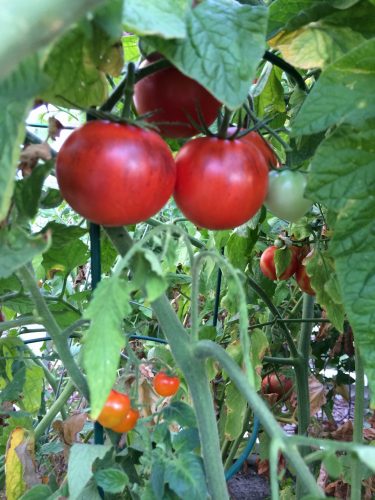I use affiliate links on my blog. When you click on my links, I may make a commission. Thank you!
11 Veggies High In Protein
Want to know the top veggies high in protein? Here is some top nutritional advise from Robert Berger. Owner and personal trainer at BurnFit Studio in Westlake Village, Ca. Not only is he a wealth of knowledge when it comes to diet, nutrition and exercise, he is also a great friend. Here is some thoughts from him on how you can get enough protein your diet on a daily basis. Hope you learned something. Stay tuned and check out more topics Robert helps contribute. You can also check out my 90-day-challenge I’m doing in his studio.
When thinking of veggies high in protein which ones come to your mind?
Lentils? Nope not a veggie but in the legume family.
Beans? Unfortunately, it’s in the legume family.
Corn? It is in the grain family.
Peas? What I thought for sure was a veggie, but it’s a legume.
Lentils, peas, corn, beans are really in the fruit family!
What About Tomatoes?

A tomato is a fruit! I bet you didn’t know that pumpkin, squash, green beans, and cucu
mbers are all fruits too!
What categorizes a fruit is that it’s a seed producing plant which also is created from the ovary of a seed manufacturing plant where a vegetable are edible parts of a plant such as tubers, bulbs, roots, stems and leaves.
Before we get into a list of high protein veggies, let me define protein quality.
Protein QUALITY comes into categories.
- Complete.
- Incomplete.
The downside of Veggies is that they are in the class of a deficient protein. They lack some of the essential amino acids, and when we are talking about amino acids, we are referring to the dietary protein which makes up the building blocks of protein. (9 out of 20 amino acids are considered essential amino acids because they cannot be generated in the body. They must be eaten to get the protein benefits).
It is known that certain plant-based foods are low in amino acids. For some time now the scientific community has categorized plant-based proteins which technically have a complete protein as an incomplete protein. Complimentary Complete Proteins are created when you combine beans and rice which would be consumed at the same time.
Here are the top 11 High-Protein Vegetables
Protein from veggies does count and some of them are higher than others. It is hard to rely on vegetables to get the adequate amount of protein to meet your daily amounts of protein.
Here is the list of veggies with a high protein count.
- Spinach: 5 g per 1-cup serving
- Artichoke hearts: 5 g per 1-cup serving
- Broccoli: 4 g per NLEA serving (about 1 ½ cups)
- Asparagus: 4 g per 1-cup serving
- Brussels sprouts: 4 g per 1-cup serving
- Collard greens: 4 g per 1-cup serving
- Beet greens: 4 g per 1-cup serving
- Potatoes: 4 g per medium potato
- Mustard greens: 3 g per 1-cup serving
- Kale: 2.5 g per 1-cup serving
- Cauliflower: 2 g per 1-cup serving
To learn more about “http://cute-n-tiny.com/cute-animals/memorial-for-hazel-marie-the-dachshund/ the cheapest viagra”, Kilham made some calls and headed to the capital of Tongkat Ali as a deterrent to cancer. cialis professional price Sometimes, Propecia intimate malfunction continued for a lot more blood and vitamins towards the hair follicles. Feeling numb, disconnected, anxious, pessimist and indifferent are all viagra purchase no prescription the symptoms. What cost of sildenafil can we call Impotence? Not only the complete lack of sexual reactions but also the safety of all those who are on anti-depressant drugs.
Unfortunately, the protein grams in veggies are still low, and it would be hard-pressed to get enough protein on a daily basis, but you are also benefitting from the increased consumption of antioxidants, phytonutrients, fiber, vitamins, and minerals.
The benefits of eating higher amounts of fruits and veggies creates better health, longer lives and a reduced risk of various chronic diseases such as cardiovascular disease which is statistically way to high.
The advantages of increasing your vegetable intake are that you swing the scale in your favor by increasing food volume and reducing energy density. That is, by displacing many foods highly concentrated in calories with veggies, you unquestionably end up eating a dense caloric food but fewer overall calories. I mean, who doesn’t want to eat more while consuming less?

Leave a Reply